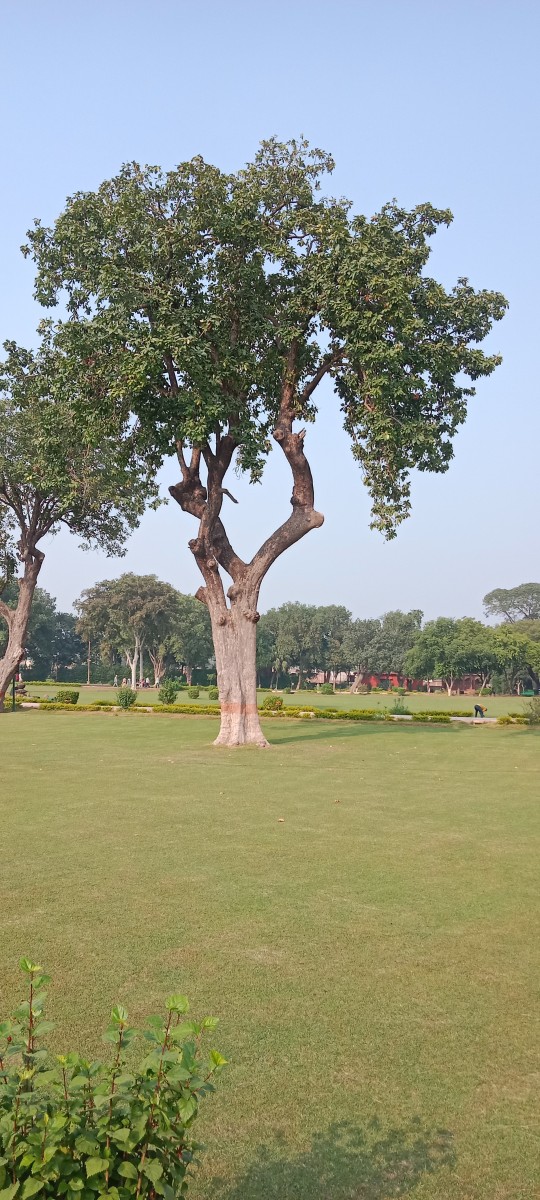The Narmada river: crimes against the daughter of Lord Shiva
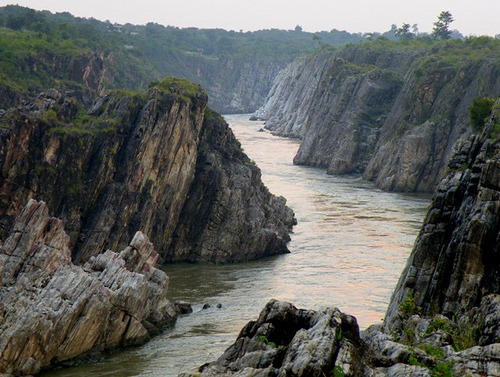
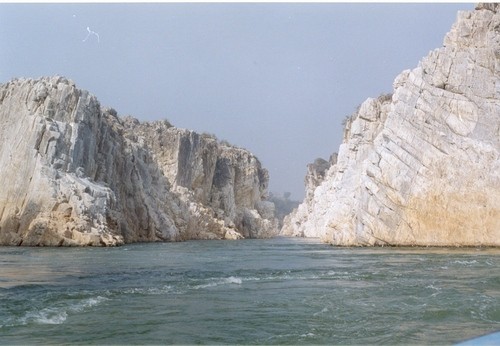
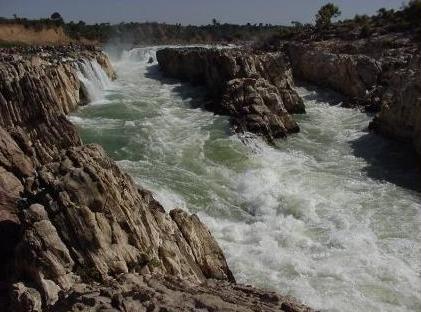

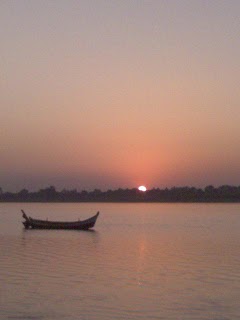

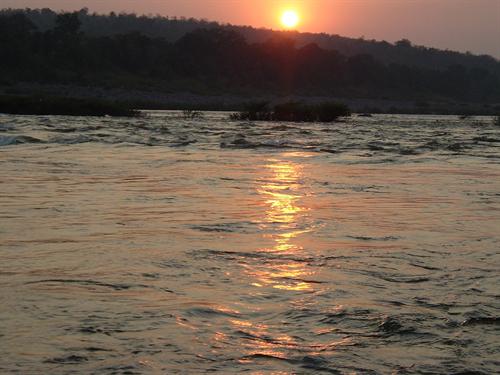
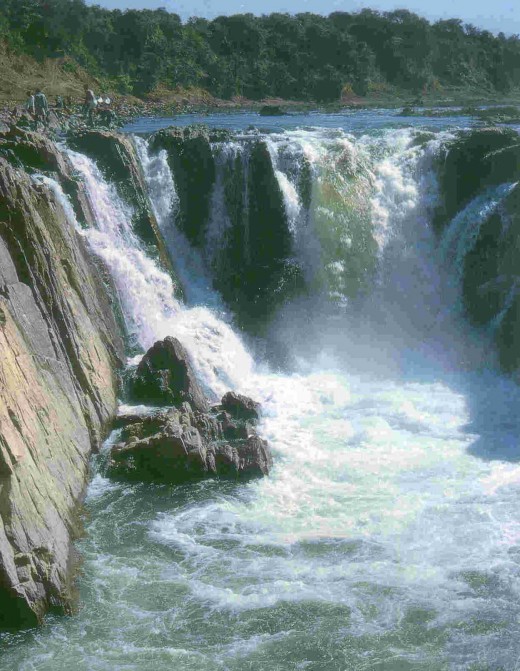
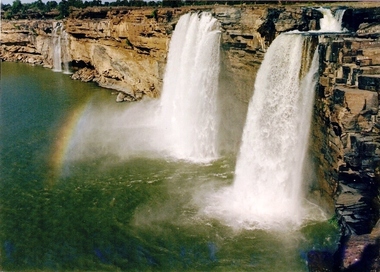
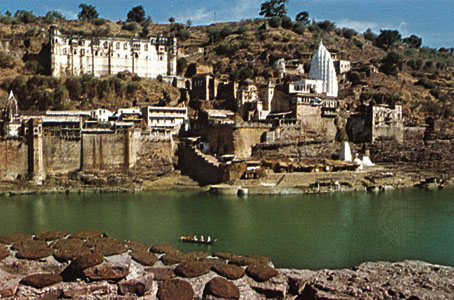

Introduction
More ancient the land, one can be sure that the river will also be old. Older the river, possibilities are that civilizations along its banks will also be old. Older civilizations usually have greater harmony within and without, in the individuals and collectively. For the people of such cultures the river becomes sacred, etched in their racial memory as the provider, sustainer and as one who shows the way. Narmada was all these not only to those who lived in that ancient central Indian rift valley but for all who had access to the common Indian cultural matrix. Until there came about a basic change in human attitudes... From harmony and viability of mutually dependent inter-relationships we have drifted away to concerns of short term profitability and immediate utility. Hence rivers were killed or they died as a consequence of our wrong doings upon them or around them. Yet paradoxically all the stark changes the rivers reflected as a consequence of our own wrong doings only spurred us on to more wrong doings. Everywhere in the world rivers are in the same plight. Practically every river in India is dying in front of our eyes. Erosion has silted up their beds, so during the monsoons they cause disastrous floods. Dams have simultaneously drowned their reaches and amputated parts of their bodies. The denudation of the hills have desiccated their sources and starved them to death. Over-exploitation of their waters have emptied them. Uncontrolled pollution has converted them into sewage channels. As the freshwater discharge becomes less, sea water is moving inland through them. Mechanical manipulations of their form in the name of flood control, navigation etc. have mutilated their graceful shape.
Narmada- known by more than 20 synonyms in the sanskrit literature of the post Vedic, Aryan civilization is referred as Reva, Somodbhava (originated from the moon), Dakshinaganga (Ganga of the south), Saptaganga (the seven divine rivers). Right from stone age man worshipped rivers as almighty and this culture is evident in all parts of the world were human settlements and civilizations developped, flourished and then disappeared- the mythological and historic past of the river valley civilization of Indus, Ganga, Yamuna and Sarasvati are not different from other civilizations. Thus Indian rivers are worshipped in extreme veneration; in Hindu mythology rivers are feminine referred as daughter-mother etc. Narmada is divine and all agree that she is daughter of God Shiva. The word "narmada" can be divided into Narma i.e. pleasure or happiness, and da i.e. giver, thus its meaning is "one who endows with bliss".
The Narmada river, rises in the Amarkantak Plateau of Maikala range in Madhya Pradesh, at an elevation of 1,057 meters above sea level; the river travels a distance of 1,312 km before she falls into the Gulf of Cambay in the Arabian sea, in Gujarat. The basin is bounded on the north by the Vindhyas, on the east by the Maikala range and on the south by the Satpuras and on the west by the Arabian sea. This river has also a number of falls in its head reaches: Kapildhara falls, Dhuandhara falls, after which it flows through a narrow channel carved through the famous marble rocks of Bhedaghat, and then it enters the fertile plains, through which she flows until reaching the sea.
Geologically the valleys of the Narmada and Tapti rivers flows through the only real Rift valley of India running from east to west along the course of these rivers; these rift valleys have the oldest rocks in the world belonging to Precambrian and Paleozoic age: both Tapti and Narmada are the oldest rivers in the world, due to their flow through the mountainous system which form part of the Gondwana Plate- Narmada and Tapti are geologically 150 million years older than the great Indian river Ganges.
Its banks are dotted with temples, myths and folklore, the living symbols of a timeless Indian tradition. Urbanisation unlike in other basins has been going on in a slow pace in this basin mainly due to the river passing through hilly terrain that has made it inaccessible in most places. The major urbanisation centres are Jabalpur, Dewas and Khandwa besides Bharuch in Gujarat State. Down the Narmada, it is a myriad landscape—thickly forested mountain slopes, rocky regions with picturesque rapids, falls and whirlpools and cultivated lands with rich black cotton soil. The river Narmada has supported a bewildering variety of people and diverse socio-cultural practices ranging from the relatively autonomous adivasi (tribal) settlements in the forests to non-tribal rural population. In short the Narmada basin forms an ideal microcosm of India with its extraordinary rich natural heritage supporting cultures ancient and more recent. People of India venerate Narmada river as the epitome of freedom and sanctity. Even pumping the waters of Narmada for any purpose is considered by many as sacrilege.
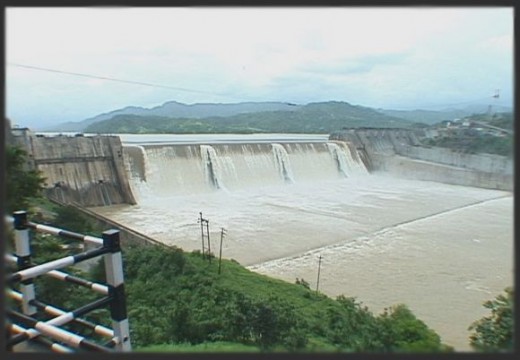

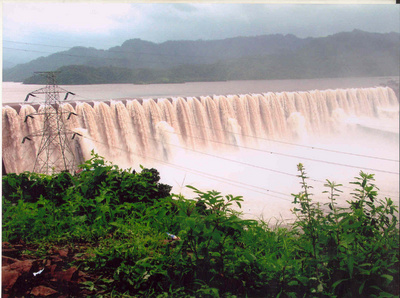
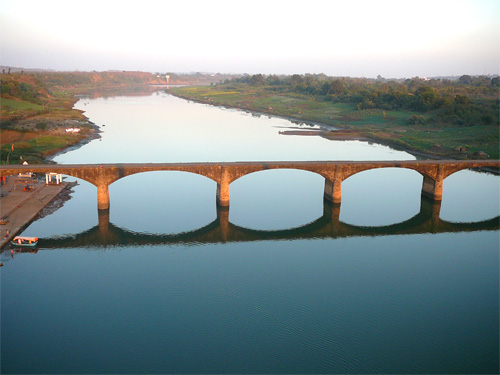
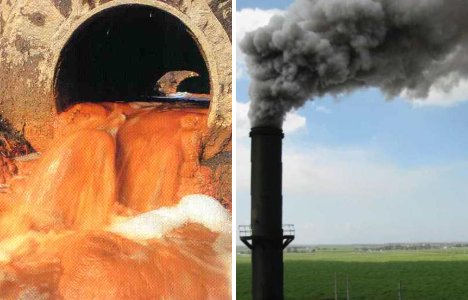
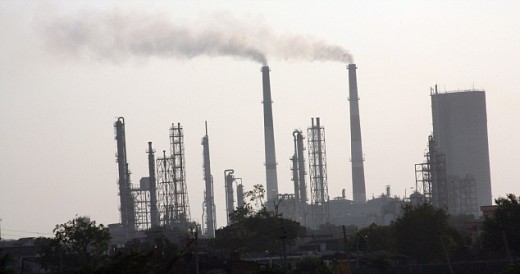
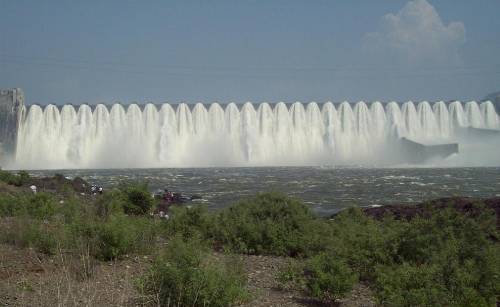
Deforestation and pollution
Major sources of water pollution in Narmada are:
-discharge of sewage
-industrial effluents
-agricultural run off
India's one fifth of the forest area is situated in and around Satpura and Vindhyan ranges of Central India, where the Narmada begins to flow. The loss of forest cover in these regions has been through allotment of forest land to encroachers and also to irrigation department for forest clearing and construction of reservoirs. The construction of Tawa the first major dam on the tributary of Narmada deforested 24000 hectares (1966)- are we not exploiting the nature and its forests and destroying future in the name of development? Destruction of forests will bring havoc to the Narmada, through floods; not only floods but death to Narmada- the life line of millions of people living around this Maiden river, as aptly remarked: "Minus forests these rivers would be raging torrents in the rains, and dried up water courses in the summer. Artificially dammed Narmada, minus the forests will deposit silt on their beds, the rift valley would fill up. Narmada is the health of Madhya Pradesh, and if the river become sick, Madhya Pradesh would become sick. Without forests the Narmada is dead and without Narmada Madhya Pradesh is dead." Decreasing forest cover and growing pollution has reduced the water level of Narmada river, the lifeline of Madhya Pradesh, by 50 per cent; The forest cover in the Narmada belt is declining and the catchment area is reducing which resulted in decline in river water level as it is not a glacier based river, but the one which is maintaining its flow round-the-year with the help of mountains and forests.
Most of the Indian rivers and their tributaries viz., Ganges, Yamuna, Godavari, Krishna, Sone, Cauvery Damodar and Brahmaputra are reported to be grossly polluted due to discharge of untreated sewage disposal and industrial effluents directly into the rivers. These wastes usually contain a wide variety of organic and inorganic pollutants including solvents, oils, grease, plastics, plasticizers, phenols, heavy metals, pesticides and suspended solids. The indiscriminate dumping and release of wastes containing the above mentioned hazardous substances into rivers might lead to environmental disturbance which could be considered as a potential source of stress to biotic community. The government has laid down new stringent environmental norms in the form of CREP (Corporate Responsibility for Environmental Protection). But it was observed that only about 45% of the grossly polluting industrial units have installed Effluent Treatment Plants. Out of these, over 18% did not function properly and also did not meet the technical standards. Therefore, punitive action should be taken against the violators of norms in this regard and defaulting industrial units should either be closed down or allowed to function only after they install ETPs and ensure their proper functioning.
The industrial development in the Narmada basin is lower as compared to other river basins. The industrialized districts of the Narmada basin are Dhar, Jabalpur and Bharuch consisting of clusters of pharmaceuticals, pesticides, dyes & distilleries, leather & fertilizer units whereas in Jabalpur, Khandwa and Hoshangabad the main industrial activity are the paper mills. In most of the other districts the industries are almost non-existent. But the Narmada flows also through Maharashtra and Gujarat. The brightest jewels in India’s industrial crown. But impressive industrial growth figures fail to hide the grim realities of environmental pollution. While, the state governments are only bothered about industrial growth, the civil society is struggling to draw public attention to the impending danger to the environmental and public health.
The dams
The attempt to dam Narmada is yet another symptom of the same collective diseased human mind. It too has all the aspects of other modern developmental schemes. The real long term costs are masked or simply overlooked if not altogether suppressed. Empty promises are copiously given which can never be fulfilled nor are intended to be kept. The all pervading corruption, inefficiency and unjust sharing of meagre benefits give it a banal familiarity. Only the dimensions of the development are mind bogglingly huge. The gullibility of the trusting, common people who are patiently waiting for some relief from the increasing crushing poverty has now become the weapon in the hands of the exploiters who masquerade as agents of development. The inability of the common people to understand issues going deeper beyond the deceptions and empty promises, to organise themselves and defend their resources, with the political machinery opting to be with the exploiters further fuels the vicious cycle of destruction and exploitation. This is the terrible tragedy of what is happening in Narmada.
The construction of large dams on the River Narmada in central India and its impact on millions of people living in the river valley has become one of the most important social issues in contemporary India. The story is long and complicated and will take a long time to tell. In brief, the Government's plan is to build 30 large, 135 medium and 3000 small dams to harness the waters of the Narmada and its tributaries. The proponents of the dam claim that this plan would provide large amounts of water and electricity which are desperately required for the purposes of development. I recognise the complexity of the issues involved. However, once one cuts through all the rhetoric, lies and subterfuge of the vested interests, the gross inequities are clear. Large numbers of communities (mostly tribals) are being dispossessed of their livelihood and even their ways of living to make way for dams being built on the basis of incredibly dubious claims of common benefit and "national interest". For me, as for those who oppose to these projects, this is simply immoral and therefore unacceptable: the project will devastate human lives and biodiversity by inundating thousands of acres of forests and agricultural land. The State wants to build these dams on the Narmada River in the name of National Development. But how can you measure progress if you don't know what it costs and who has paid for it? Moreover, a mass of research shows that even on purely technical grounds, large dams have been colossal failures. While they have delivered only a fraction of their purported benefits, they have had an extremely devastating effect on the riverine ecosystem and have rendered destitute large numbers of people (whose entire sustenance and modes of living are centered around the river).







